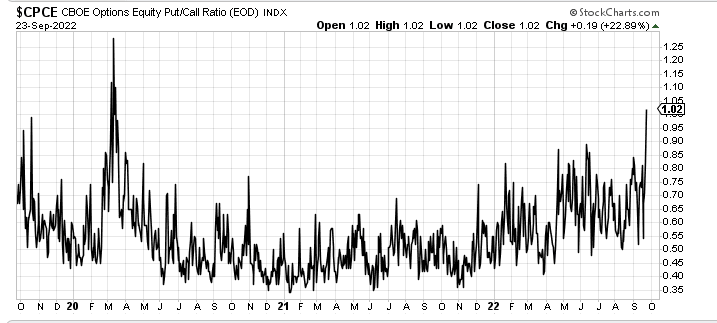Gigantic
Brownlow Medallist
I’m in Oslo, Norway atm and 3/4 cars if not more on the road are EVs. That’s anecdotally but I’m sure the stats of new car sales are not far off. It really is a future that will be coming sooner than many think.Hi everyone, 1st post on these threads.
I’ve noticed some commentary on Lithium stocks.
I set up my own SMSF back in 2016, as I was fed up with the pitiful returns (and losses) the industry funds were generating.
Since inception my fund has grown over 500%, purely on the back of my Lithium investments. Sure it has been volatile, but plenty of research has now put me in a position where retirement by 60 is quite possible, whereas 6 yrs back, it was work till I die.
Whilst I’m not a huge fan of Ev’s per se, it’s fairly obvious that we will all be driving one at some stage, and demand for the white gold is increasing exponentially each year.
Good luck to all in your investment journey!




